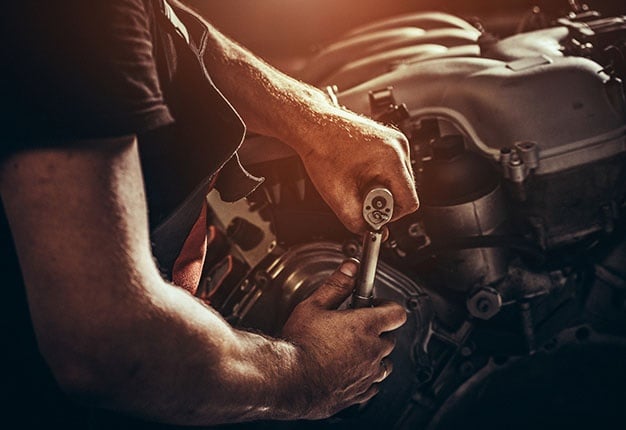Earlier in February, Wheels24 reader Kevin Erasmus wrote in about his 2005 Ford Fiesta revving too high and constantly kept stalling when he came to a stop every time he drove his car.
Our Car Doctor, Paul Kasker said "This could be a possible air leak, or most probably a faulty idle stabilizer which is a common occurrence."Since there are still so many vehicles older than fifteen or even twenty years old on our roads, Erasmus' query inspired another reader, John Pearson, to share some of his knowledge about this common problem.
Pearson shares an in-depth look at why older vehicles might have this high-revving problem, and also why the reasoning has an alternative answer in more modern vehicles:
"Let's consider the essential operation of a petrol-fuelled internal combustion engine. It requires at least five things to successfully produce rotational power that can be transmitted from the crankshaft; viz, air, fuel, compression, and an ignition spark.
"In a petrol engine, the flow of air into the engine, to be mixed with the exact proportion of fuel to produce power is controlled by a throttle valve, be it in an older carburettor or a modern fuel injection engine. Diesel engines are different in this respect; linked to the accelerator pedal for the driver to control the required engine speed and power.
Do you have a mechanical problem with your vehicle? Email us and send your questions for the Wheels24 Car Doctor.
Image: iStock
"As we press down the accelerator pedal, a linkage will open the throttle valve (or butterfly, as it is sometimes termed), allowing air to enter the engine, drawn in by the vacuum created behind the throttle valve from the piston's inlet stroke.
"On old carburettors, there was a little screw to adjust the idling speed, by merely moving the butterfly to slightly open, letting some air into the motor on the most straightforward designs, to other carburettors having an independent idling circuit, letting a small volume of air and fuel into the engine downstream of the closed throttle valve.
"On older cars, the spark to ignite the air/fuel mixture was controlled by a set of points, with a condenser to control arcing when the points opened and closed, producing an electrical flux through a coil that generated a high voltage to flash across the spark plug electrodes gap.
"On these older vehicles, the condition of the points, condenser and spark plug gap made a significant difference to the car's performance and fuel economy hence the importance of ensuring the points & plugs were correctly 'gapped'. In fact, the variation of the plug gap, within limits, was not that noticeable. However, if too big, the voltage could be insufficient to flash across the spark plug electrodes in the desired pattern. Any weakness in the ignition lead insulation could cause the spark to jump to earth from the lead rather than doing so in the spark plug, leading to a misfire and a severe drop in performance.




 Publications
Publications
 Partners
Partners













